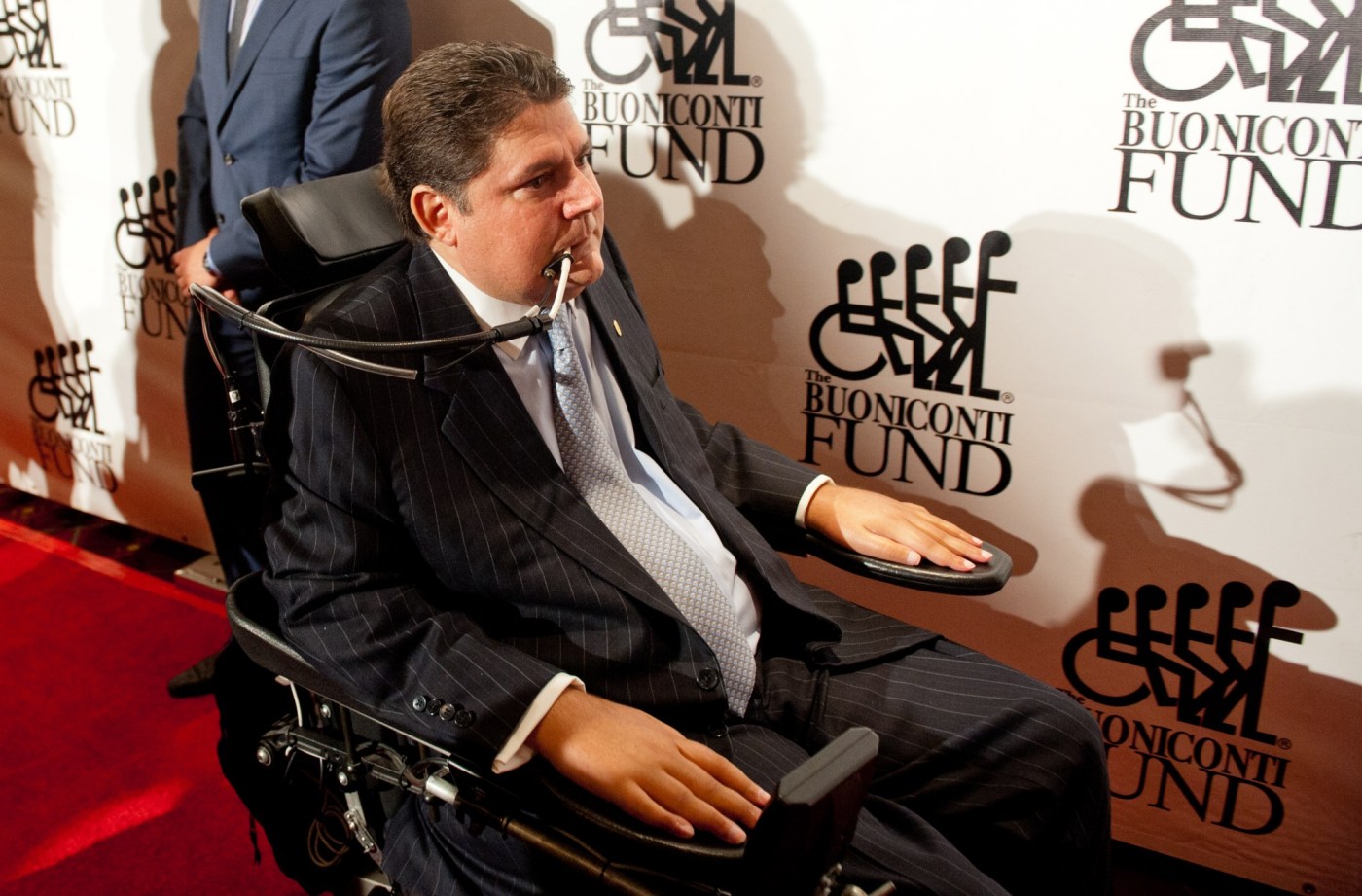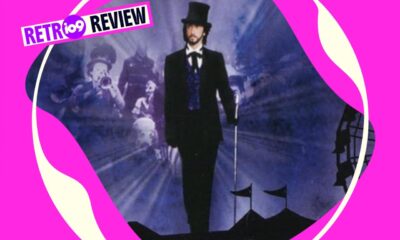Top Stories
40 Years After Tragic Tackle, Innovations Change Lives Now

UPDATE: On the 40th anniversary of a life-altering tackle, groundbreaking advancements in paralysis treatment are making waves. Marc Buoniconti, who became paralyzed after a tackle on October 15, 1983, continues to inspire medical innovation that is transforming the lives of countless individuals.
At a recent event in Miami, scientists revealed astonishing developments in brain-computer interfaces and artificial intelligence that are allowing paralyzed individuals to regain some autonomy. These advancements come just in time for the poignant anniversary of Buoniconti’s injury, which occurred on the 42-yard line of East Tennessee State’s football field.
“I call it a celebration,” Buoniconti said in previous interviews, emphasizing his gratitude for life and the progress made since that fateful day. Although he could not attend this year’s events due to health issues, his legacy drives the mission of the Miami Project to Cure Paralysis, which has raised hundreds of millions for spinal-cord injury research.
Dr. Barth Green, a key figure in this initiative, noted, “Thousands upon thousands have walked out of wheelchairs or seen their lives improve dramatically since that tackle.” This stark statistic underscores the profound impact of Buoniconti’s story and the project he helped create.
The Miami Project recently compiled its top 10 medical and social breakthroughs, showcasing achievements like FDA approval of Schwann cell transplantation and innovative hypothermic treatments that have significantly changed patient outcomes. One notable case involved Kevin Everett, a tight end who received life-saving treatment that may have helped him walk again after a severe spinal injury during a game in 2007.
“If we’d had that treatment back when I was hurt, maybe I’d be out of this chair,” Everett once stated, emphasizing the importance of the ongoing research.
In addition to advancements in medical technology, Buoniconti’s influence extends to personal stories of healing and redemption. One such case is that of Herman Jacobs, the running back Buoniconti tackled 40 years ago. Jacobs struggled with guilt over the injury until he connected with Buoniconti, who reassured him it was not his fault. Their conversation helped Jacobs find peace and pursue his passion for cooking with Buoniconti’s support.
As the Miami Project continues its groundbreaking work, innovative technologies such as brain implants are changing the landscape of rehabilitation. Recent demonstrations showed quadriplegics controlling robotic arms with their thoughts, offering a glimpse into a future where paralysis might not define one’s life.
Neurosurgery resident Seth Tigchelaar highlighted the project’s ambition to perform thousands of surgeries annually, stating, “There are only 11 such patients worldwide, but we aim to expand this capability.” The potential for these technologies to improve lives is immense, but funding remains a critical challenge.
As we reflect on the 40 years since Buoniconti’s tragic tackle, his story transcends sports. It is a testament to resilience, innovation, and the relentless pursuit of hope for those affected by spinal cord injuries. The Miami Project’s mission continues to evolve, driven by Buoniconti’s spirit and the aspirations of countless others.
This anniversary serves as a reminder of the significant strides made in paralysis research and the human stories that inspire further breakthroughs. As we look ahead, the legacy of Marc Buoniconti and the Miami Project is more relevant than ever, urging us all to stay hopeful for a future where mobility and independence can be restored.
-

 Science6 days ago
Science6 days agoInventor Achieves Breakthrough with 2 Billion FPS Laser Video
-

 Top Stories1 week ago
Top Stories1 week agoCharlie Sheen’s New Romance: ‘Glowing’ with Younger Partner
-

 Entertainment1 week ago
Entertainment1 week agoDua Lipa Aces GCSE Spanish, Sparks Super Bowl Buzz with Fans
-

 Business1 week ago
Business1 week agoTyler Technologies Set to Reveal Q3 Earnings on October 22
-

 World2 weeks ago
World2 weeks agoR&B Icon D’Angelo Dies at 51, Leaving Lasting Legacy
-

 Entertainment1 week ago
Entertainment1 week agoMother Fights to Reunite with Children After Kidnapping in New Drama
-

 Science1 week ago
Science1 week agoNorth Carolina’s Biotech Boom: Billions Invested in Manufacturing
-

 Health1 week ago
Health1 week agoCurium Group, PeptiDream, and PDRadiopharma Launch Key Cancer Trial
-

 Health2 weeks ago
Health2 weeks agoCommunity Unites for 7th Annual Into the Light Walk for Mental Health
-

 Entertainment2 weeks ago
Entertainment2 weeks agoRed Sox’s Bregman to Become Free Agent; Tigers Commit to Skubal
-

 Health1 week ago
Health1 week agoNorth Carolina’s Biotech Boom: Billions in New Investments
-

 Top Stories2 weeks ago
Top Stories2 weeks agoDisney+ Launches Chilling Classic ‘Something Wicked’ Just in Time for October









